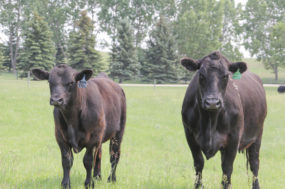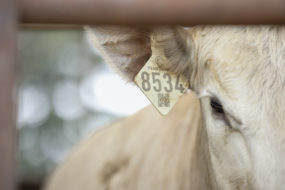Watching the California wildfires of 2020 has, for our family, been nearly as disheartening as following and enduring COVID-19 outbreaks. Northern California’s redwood region is a special place for us. My wife’s parents hail from the area, along with her aunts and uncles. It’s a serene place far away from the vapid morass and throngs of people in Southern California. The central and northern parts of the state are literally a breadbasket of traditional farming, ranching and timber.
But some of the family lost homes in the 2018 wildfires, and it has stirred some additional anxiety to see those same areas hit by more heat and more fire.
This is nothing new to California ranchers who have fought hard and diligently to promote their way of life as a way to keep range, pastures and forests clear from excessive growth. Ranchers are the stewards who recognize how critical it is to preserve the land and water for future generations.
Look elsewhere in the headlines as they relate to agriculture – Western wildfires, climbing temperatures and drought in the Southwest, disappearing water on Colorado’s Western Slope, hurricanes taking another swing through the Gulf – and the impact upon farmers, ranchers and producers forces us to confront the debate on how climate change can honestly be gauged.
First, an honest disclaimer. It’s incorrect to take current weather conditions and apply it to the entire full spectrum of this scientific debate. If I study through CattleFax’s meteorological outlook for high temperatures and low precipitation from now to March 2021, I should know better than to say that’s valid proof of how portending doom awaits us all.
But there’s also a valid need for us to rise to some new challenges in agriculture and to understand how years of data reflect what is happening over the longer term. Turning away from the debate is not an option, and outright denying some telling signs doesn’t help either.
The past year, two people I’ve followed on the forefront of the climate debate – Dr. Frank Mitloehner of University of California, Davis and Dr. Sara Place, chief sustainability officer with Elanco – offer the caliber of research and clarity to sift through hype and real science.
Recent advancements done in the ag sector to improve environmental stability include greater understanding of greenhouse gases, specifically methane in relation to carbon dioxide; cattle life cycle assessments on their impact, consumption and carbon footprint; creating net zero methane emission controls in California dairies; and data showing a widening gulf of efficiency between U.S. ag production and global agricultural methods.
The ag industry cannot cede higher ground on sustainable practices for food production to those who want to do away with modern agriculture. Feedlots are at the forefront of the discussion, and producers need to be fluent in the data and understanding of new advancements to help battle the proven realities of climate change. All members of the industry owe it to themselves, and future generations, to know how challenges can be overcome in making ranching even more sustainable.








